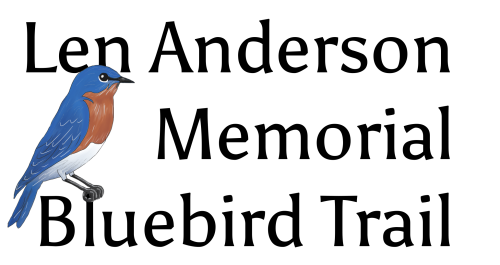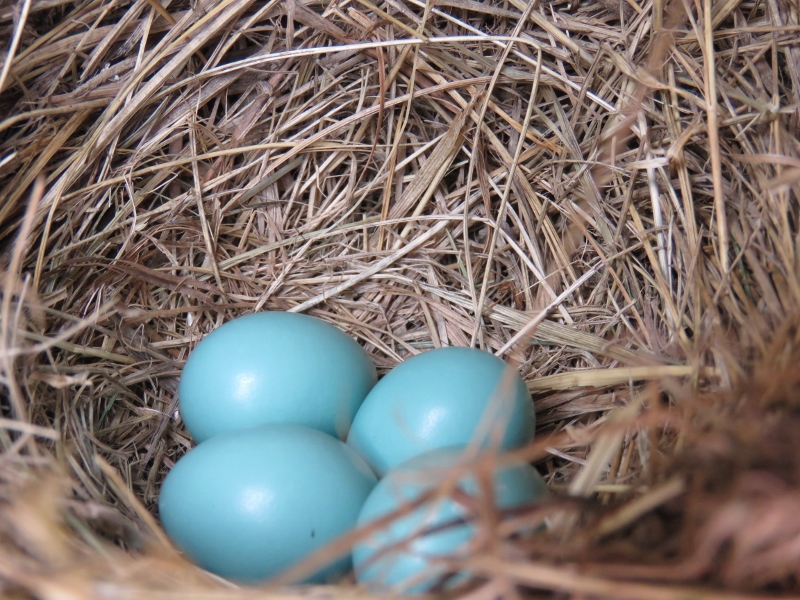Well, folks, the breeding season has come to a close and our little Bluebirds are getting ready for winter. Like every year, we had successes and failures. Most of our failures are due to nature’s fury and there isn’t much we can do about it. Our job is to provide appropriate nest boxes for the birds and monitor them regularly to get data and we seem to be doing a good job at that.
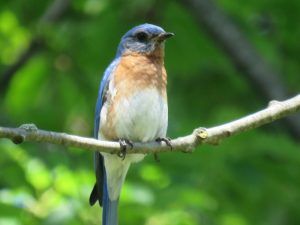
Male Eastern Bluebird © Angela T. Baron
Our annual end of the year meeting is scheduled for 10 AM on September 28 at Zion Lutheran Church, 9535 Clarence Center Rd, Clarence Center, NY 14032. We will highlight our stats and practices used during the year. I took some time to check our data and create some graphs for the meeting. Since this is the Clarence Bluebird Trail’s 5th year of monitoring, I decided to create some graphs to show trends over time. If you’re interested in seeing all of the data, please feel free to join us at the meeting.
Here are the basic statistics from the 2017 Nesting Season:

Year-end totals from The Clarence Bluebird Trail nest boxes. A nest attempt is any nest with at least one egg present.
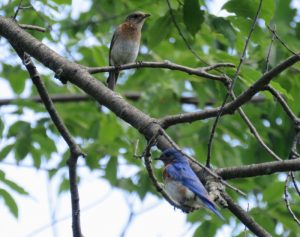
Male (lower) and female (upper) Eastern Bluebirds © Angela T. Baron
We did quite well this year. We had 44 Eastern Bluebirds (Sialia sialis) fledge from our nest boxes. That is a 46% increase over last year. We received a good amount of rain during the breeding season but only found Blowfly larva on a couple occasions. These parasites are more prevalent in hot, humid conditions and can kill adults and young in the nest.
Although we had multiple unhatched eggs this year, we only lost one Bluebird nestling. We also found a dead adult Bluebird in one of our boxes, cause unknown. Besides parasites, there are other causes of Bluebird mortality, including predators, disease, habitat destruction (nests destroyed by nature or human activity), extreme weather, pesticides, and invasive species.
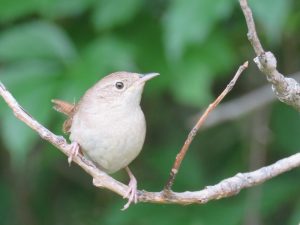
House Wren © Angela T. Baron
Our boxes are prime nesting for other species of birds. We fledged 31 Tree Swallows (Tachycineta bicolor) and 10 House Wrens (Troglodytes aedon). We didn’t have any Black-capped Chickadees (Poecile atricapillus) nesting this year and not a single House Sparrow (Passer domesticus) fledged from our boxes. House Sparrows are an invasive and destructive species. We use every method at our disposal to humanely reduce their reproduction.
Our nesting success has increased every year since the inception of The Clarence Bluebird Trail in 2013. As stewards for the Eastern Bluebird, our group should be proud of the work we have accomplished. We have increased the numbers of diverse avian wildlife and continue to improve the Eastern Bluebird’s conservation status. We have also improved our community by providing an opportunity for people to give something back to nature.
Well done!
